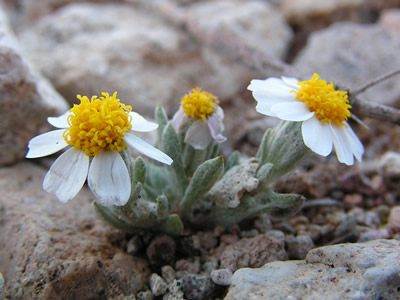Poles in Space
The areas around the North and South Poles of planets, moons, and even the Sun are often interesting and unusual places. We have discovered all sorts of unique behavior at these locations, while on some planets, the characteristics of the poles are similar to those of Earth. On some planets and moons, we still don't have observations from their poles so can only make educated guesses of what we expect to find there based on our scientific understanding of the celestial body. The links below provide an overview of what we know about the polar regions of many of the major bodies in the solar system. An important concept related to the poles of the planets is the amount of tilt of a planet's rotational axis relative to the plane of the ecliptic - the orbital plane in which the planets orbit the Sun. Planets with a large tilt have stronger seasonal behavior than planets without a tilt.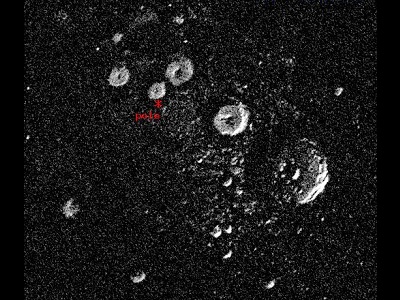
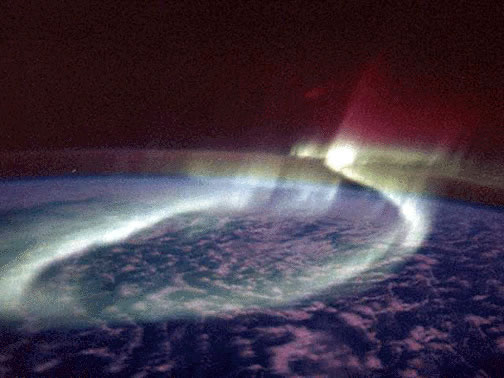
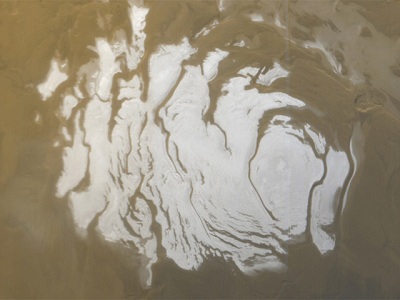
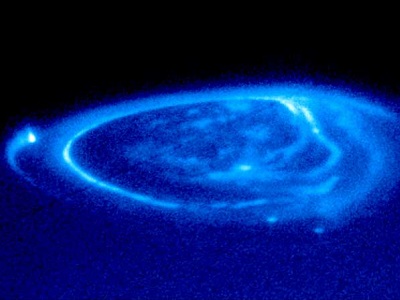
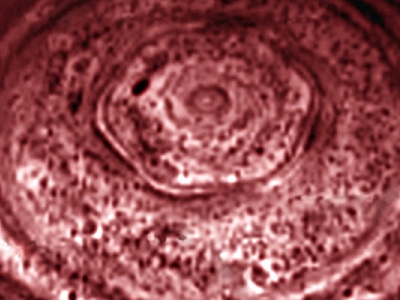
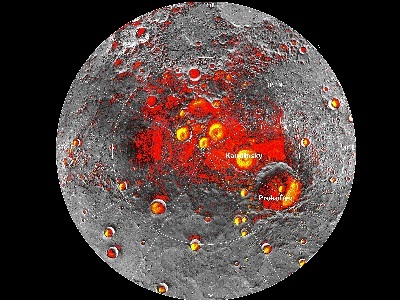
Please log in
Science Blogs
Real Climate: climate science from climate scientists

Windows to the Universe, a project of the National Earth Science Teachers Association, is sponsored in part is sponsored in part through grants from federal agencies (NASA and NOAA), and partnerships with affiliated organizations, including the American Geophysical Union, the Howard Hughes Medical Institute, the Earth System Information Partnership, the American Meteorological Society, the National Center for Science Education, and TERC. The American Geophysical Union and the American Geosciences Institute are Windows to the Universe Founding Partners. NESTA welcomes new Institutional Affiliates in support of our ongoing programs, as well as collaborations on new projects. Contact NESTA for more information.






